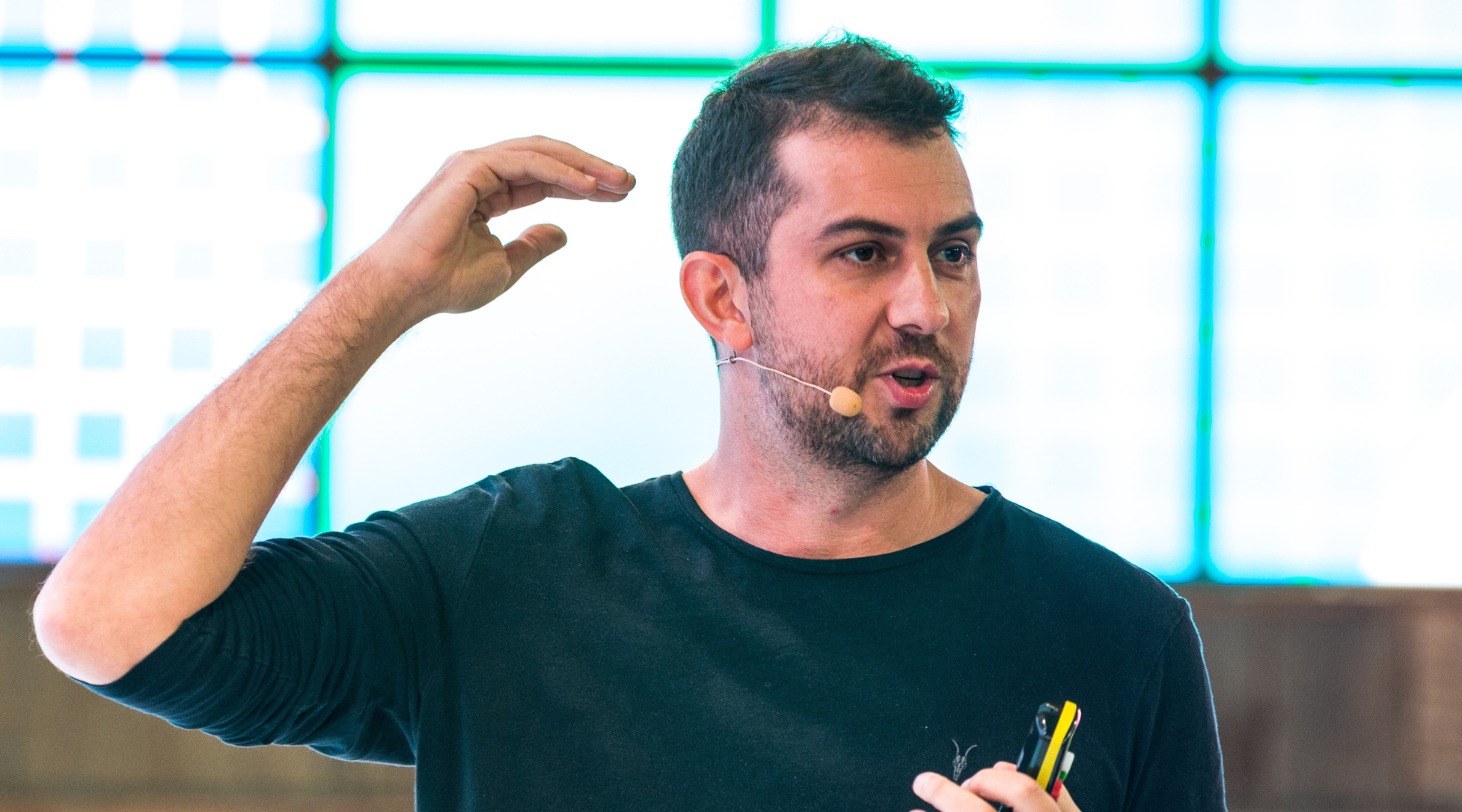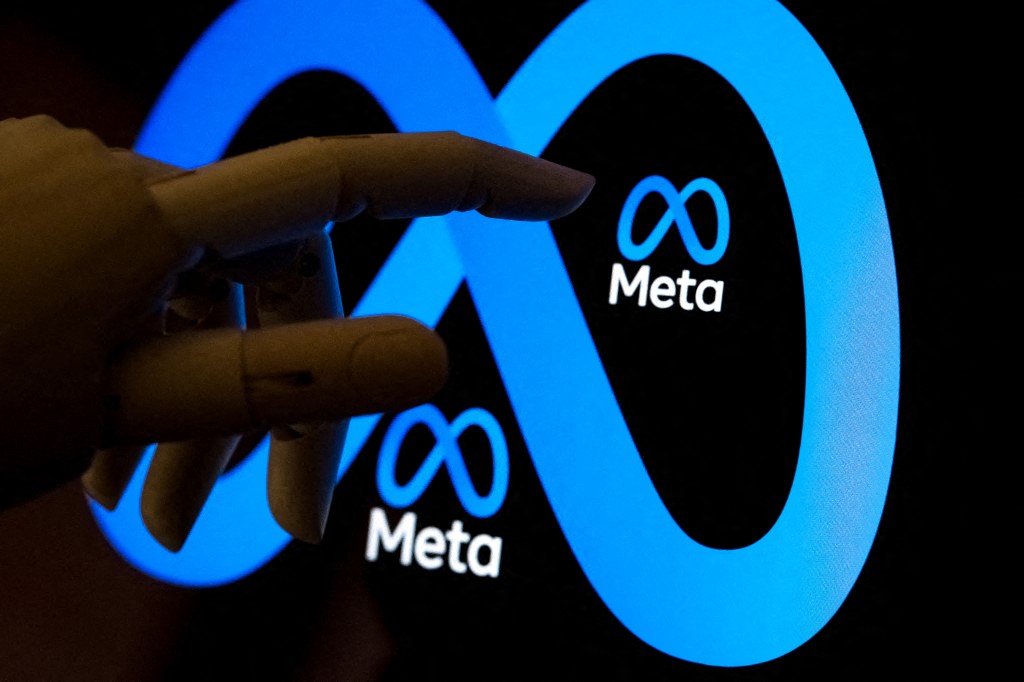How would you explain the state of global adoption of AI in marketing and advertising?
While I cannot speak on behalf of any other advertising and marketing agencies, I know that WPP has been investing in AI for years now. We had our first VP of Creative AI back in 2018. Brands are now trying to understand where and how AI is going to be used not just to innovate but also how it's going to change and enhance the creative landscape.
What do you think advertisers need to invest in to leverage AI's most scenic advantages?
AI has the potential to unlock great productivity. Over the next decade, AI, in my opinion, will liberate individuals from mundane, repetitive tasks, providing them with tools to test their concepts with audiences, observe responses, and subsequently adapt content accordingly. We’re going to see better optimization of the supply chain, focusing on generating more innovative ideas that leverage AI to delve into the realms of creativity. We’re going to see a Cambrian explosion of possibilities that were previously beyond our imagination.
What is your role as WPP's Chief AI Officer?
I hold multiple roles, one of which involves formulating the strategy for the application of AI across the entire group. This includes unlocking enhanced productivity and optimizing the utilization of existing technologies throughout the entire process, from ideation to dissemination, allowing our employees to perform their tasks more effectively. Additionally, my role entails contemplating how AI will disrupt not only WPP but the entire industry, and how WPP can position itself as a pioneer in this evolving landscape. Moreover, I am tasked with ensuring that these technologies are harnessed for positive outcomes, enabling us to integrate AI in ways that promote ethics, safety, and the creation of content that benefits not only our brands' growth but also society as a whole.
Tell us a little about WPP's latest announcement on partnering with Nvidia. What drove the collaboration and how will it help WPP as a network?
WPP has collaborated with Nvidia for several years. One of the most significant challenges we faced was converting ideas into production while ensuring that the quality aligned with the brand's image and values. Our partnership with Nvidia enables us to transform good content into exceptional content by harnessing the power of 3D technology. Additionally, both parties are actively developing various undisclosed tools, primarily aimed at fine-tuning large language models. In essence, we leverage Nvidia's tools to expedite production, refine content quality, and optimize specialized large language models.
AI Bias is a persistent issue in machine learning and generative AI solutions. How can advertisers become more aware, educate themselves, and ensure that it's eliminated in their end products?
Eliminating bias from AI is a challenging task, but it can be approached through various methodologies. One effective method involves establishing the appropriate governance around the output and creative process. It is crucial for professionals to have a comprehensive understanding of the tools they should utilize and those they should avoid. Personally, I enjoy seeing the utilization of multiple large language models trained on diverse data sources with varying perspectives of the world. Essentially, this approach creates a council of diverse viewpoints when addressing a problem. This mirrors the real-world problem-solving process, where relying on the perspectives of a wide array of experts is crucial to ensure a comprehensive and unbiased solution. Similarly, when applied to AI, this method enables the construction of models that incorporate different data sources and perspectives, thereby ensuring a holistic approach when delivering content.
How ready do you think the industry is to invest in AI?
I believe it's crucial for not only this industry but every industry to adopt and embrace these technologies as they unlock the potential for more effective operations and rapid adaptation to a dynamically changing world. The global landscape is set to undergo rapid transformations over the next several decades, and it is those organizations that can adapt to these changes that will not only survive but thrive.
What's your advice to advertisers looking to hire more talent proficient in AI applications?
My advice to every organization is to become as engaged as they can. This industry in its nature already is and I suggest they start solving intriguing problems actively. Personally, I find the field of media marketing to be particularly exhilarating, as it presents numerous interesting and challenging issues. What excites me the most is that WPP serves as a conduit for creativity, and since my role is to optimize this conduit's effectiveness, I firmly believe creativity facilitates the growth of our brands, enabling them to fulfill their purposes. I envision AI as a tool that will aid brands in achieving their objectives, and it is the collective purpose of the enterprise that will pave the way for remarkable futures for all of us.






